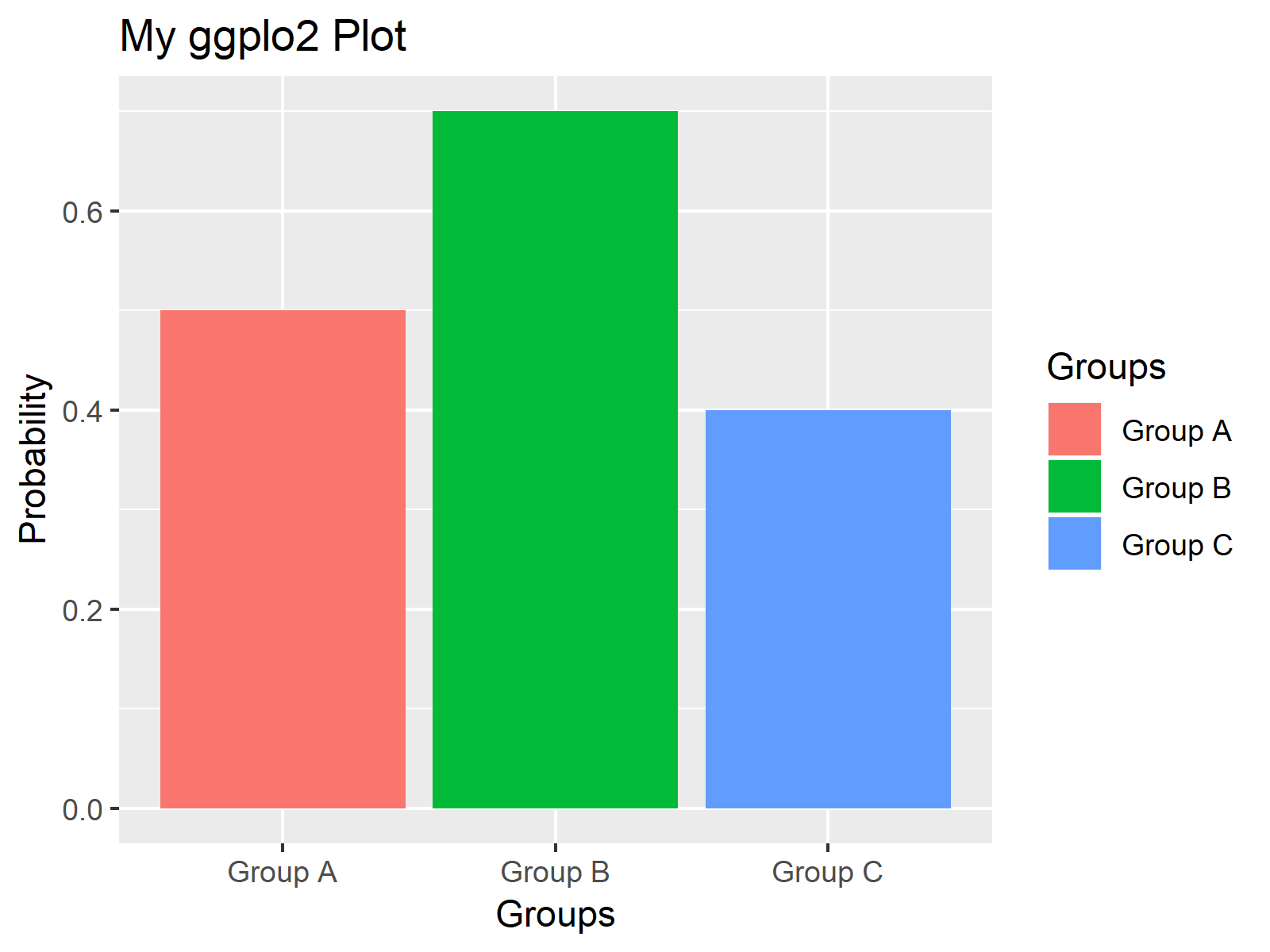
Note that, by default, coordinates run from 0 to 1, and the point (0, 0) is in the lower left corner of the canvas (see the figure below).ĭraw_plot(). Stat_cor(aes(color = cyl), label.x = 3) # Add correlation coefficient Shape = "cyl" # Change point shape by groups "cyl" Sp <- ggscatter(mtcars, x = "wt", y = "mpg",Ĭonf.int = TRUE, # Add confidence intervalĬolor = "cyl", palette = "jco", # Color by groups "cyl" X.text.angle = 90 # Rotate vertically x axis texts Sort.val = "asc", # Sort the value in ascending order Palette = "jco", # jco journal color palett. # Bar plot (bp)īp <- ggbarplot(mtcars, x = "name", y = "mpg",Ĭolor = "white", # Set bar border colors to white

Sorting will be done globally, but not by groups.

Change the fill color by the grouping variable “cyl”. Create an ordered bar plot and a scatter plot:Ĭreate ordered bar plots.You’ll learn how to combine these plots in the next sections using specific functions.īxp <- ggboxplot(ToothGrowth, x = "dose", y = "len",ĭp <- ggdotplot(ToothGrowth, x = "dose", y = "len",Ĭolor = "dose", palette = "jco", binwidth = 1) Bar plots and scatter plots using the mtcars data set.Box plots and dot plots using the ToothGrowth data set.We’ll start by creating 4 different plots: You can use any ggplot2 functions to create the plots that you want for arranging them later. The numbers assigned to fig were arrived at with a hit-and-trial method to achieve the best looking plot.Here, we’ll use ggplot2-based plotting functions available in ggpubr. Note: we have used parameters cex to decrease the size of labels and mai to define margins. For example, the whole plot area would be c(0, 1, 0, 1) with (x1, y1) = (0, 0) being the lower-left corner and (x2, y2) = (1, 1) being the upper-right corner. We need to provide the coordinates in a normalized form as c(x1, x2, y1, y2). The graphical parameter fig lets us control the location of a figure precisely in a plot. Note that only the ordering of the subplot is different. Same plot with the change par(mfcol = c(2, 2)) would look as follows.

The only difference between the two is that, mfrow fills in the subplot region row wise while mfcol fills it column wise. This same phenomenon can be achieved with the graphical parameter mfcol.

Par(mfrow=c(1,2)) # set the plotting area into a 1*2 array For example, if we need to plot two graphs side by side, we would have m=1 and n=2. It takes in a vector of form c(m, n) which divides the given plot into m*n array of subplots. Graphical parameter mfrow can be used to specify the number of subplot we need. Here we will focus on those which help us in creating subplots. You will see a long list of parameters and to know what each does you can check the help section ?par. For example, you can look at all the parameters and their value by calling the function without any argument. The par() function helps us in setting or inquiring about these parameters. R programming has a lot of graphical parameters which control the way our graphs are displayed. We can put multiple graphs in a single plot by setting some graphical parameters with the help of par() function. Sometimes we need to put two or more graphs in a single plot.


 0 kommentar(er)
0 kommentar(er)
